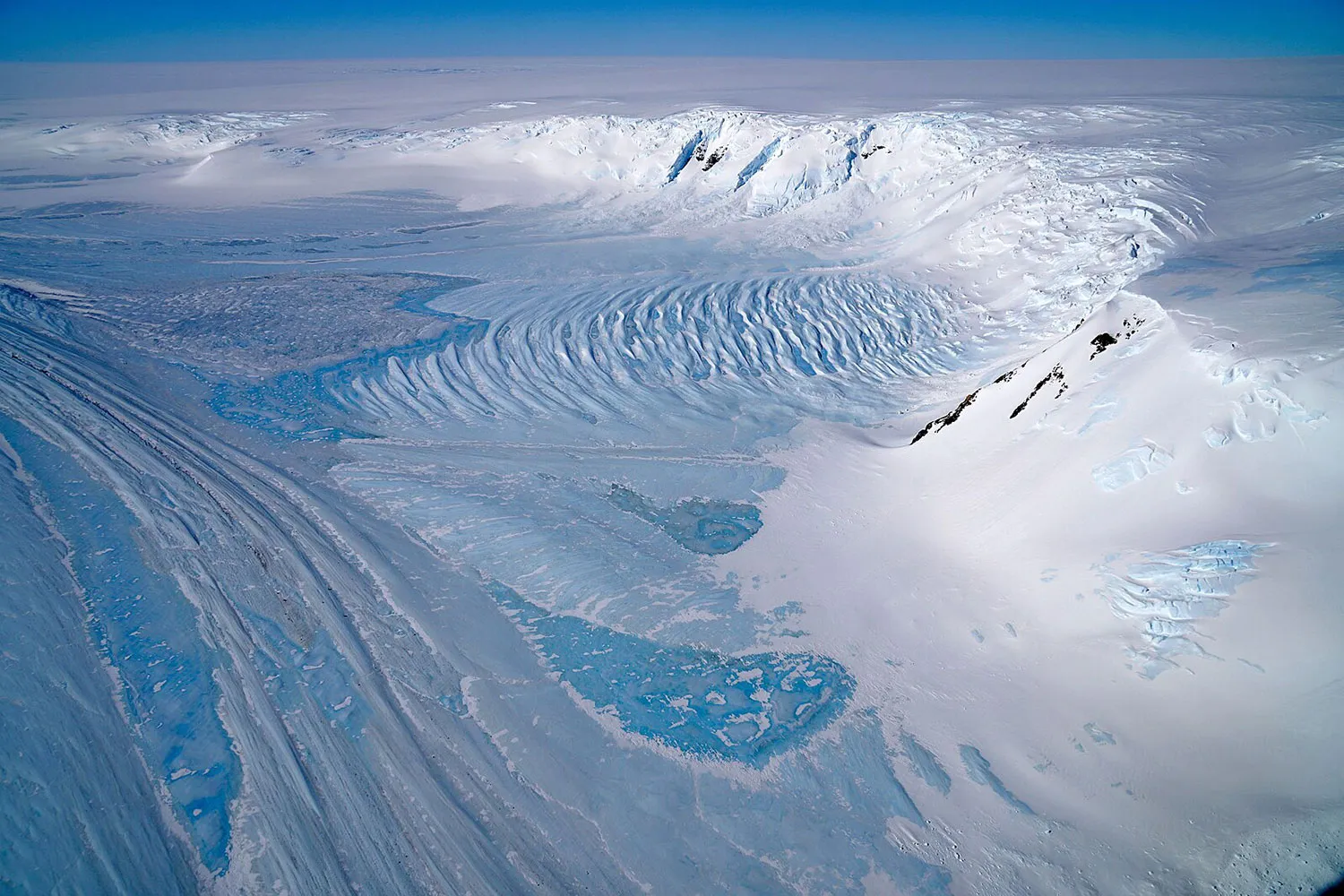Ice and Machine Learning: Mapping Antarctica's Stunning Blue-Ice Areas

Exploring the Use of Machine Learning in Ice Mapping
Recent advancements in machine learning have brought to light the potential of identifying blue-ice areas (BIAs) in Antarctica. Utilizing neural networks, researchers can effectively map these unique features that play a crucial role in our understanding of climate change.
The Importance of Blue-Ice Areas
Blue-ice areas are vital for various ecological research projects. They facilitate a better understanding of ice dynamics and can provide insights into the impacts of climate variability.
Innovative Techniques in Neural Networking
- Neural Networks: These algorithms excel in processing vast datasets, identifying patterns that human analysis may miss.
- Data Accuracy: The integration of machine learning enhances the precision of mapping and tracking BIA changes over time.
- Environmental Implications: Understanding these areas is imperative for predicting future environmental scenarios.
The Future of Ice Mapping Technologies
As machine learning technology continues to evolve, the prospect of more detailed and comprehensive studies of ice formations in regions like Antarctica becomes increasingly feasible. This research not only assists scientists but also enhances global efforts to combat climate change.
This article was prepared using information from open sources in accordance with the principles of Ethical Policy. The editorial team is not responsible for absolute accuracy, as it relies on data from the sources referenced.